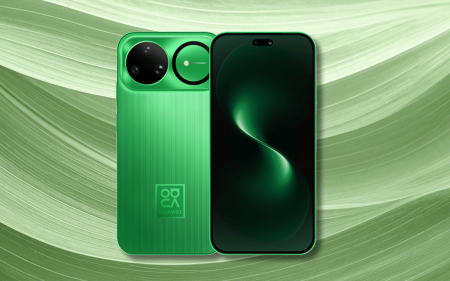Amazon has taken a step into the highly lucrative world of gaming by releasing its first title, Crucible. A team-based action shooter, it hopes to rival industry giants like Fortnite. What makes the game unique is that it was developed to be as fun to watch as it is to play. This is because it was created with the company’s gaming live-streaming platform Twitch in mind.
Twitch was acquired by Amazon in 2014. It has become the major platform for gamers around the world to show off their skills and acquire massive fanbases, even rivalling YouTube. In 2019, it attracted 17.5 million average daily users and more than 600 billion minutes of gameplay were watched.
It is easy to understand why it is fun to battle your way across fictional lands but a bit confusing why so many people enjoy watching someone else do it. However, the reasons they do are not so far removed from their own gameplay.
Mimicry
The logic behind the growing popularity of simply watching others play games can be found in the phenomenon of mirror neurons. These are specialist brain cells that seem to play some role in an animal’s ability to mimic.
There is increasing evidence that babies use mirror neurons to copy and learn facial expressions, and to mimic sounds. The idea is that when we see, for instance, a facial expression for the first time, mirror neurons fire in our brains giving us a map of how to copy that same expression through the neural connections to our faces.
There is also some evidence of mirror neurons’ involvement in areas such as empathy. These mirror neurons appear to contribute to a brain system that helps us relate what we observe in others to our own experiences.
This could be key to understanding why so many are driven to watch others play games. When we are watching the action being streamed to our screens, it would be these circuits that fire up and make us feel the highs and the lows, as if it were us playing. This kind of passive psychological involvement is also seen with spectators of traditional sports, such as football.
Learning from watching
Many Twitch viewers watch so they can increase their knowledge and improve their own playing experience. This was found in a study looking at the behaviours of Twitch users specifically. Users reported that they would watch gamers playing to discover new strategies for gameplay and to find out how good certain games are before purchasing them. That second point suggests that Twitch makes a fantastic marketing platform.
What’s more, the study found that social factors were also major drivers for using the service. The more hours that a person spends watching game streams, the greater the opportunity for them to interact with other like-minded members of the online community.
WE GOT AN EARL CAN KILL!!! pic.twitter.com/oGtJEkPfTZ
— iShiny (@iShiny) May 23, 2020
However, the strongest motivator for using the service, by far, was found to be the release of tension. Viewers sought to use the platform for escapism and diversion from their day-to-day lives. This was found to be a major driver behind the number of individual streams that are accessed in one sitting.
It seems likely, then, that we are not only hard-wired to enjoy watching other people play, particularly if we play games ourselves, but also psychologically driven to see streaming platforms as a way of fulfilling our informational, social and escapist needs. This phenomenon creates a demand that Twitch is well placed to supply.
In light of this, it seems an obvious and natural step to begin crafting games that make effective streaming of play to audiences easier, as is the case with the aptly named Crucible. These are the ingredients from which gaming legends will be made.
- is Lecturer in Games and Visual Effects, Staffordshire University
- This article first appeared on The Conversation




